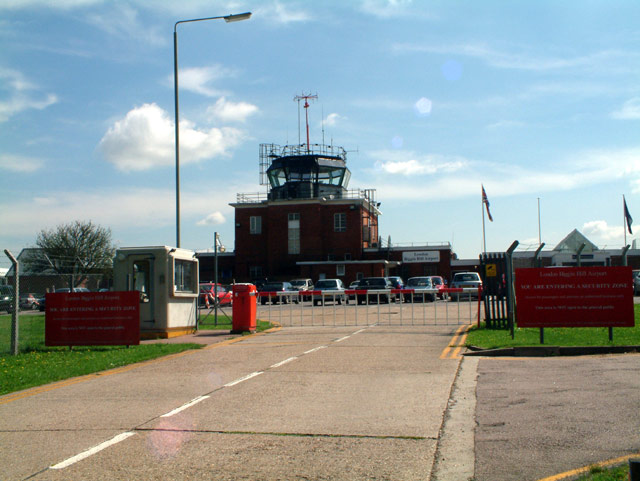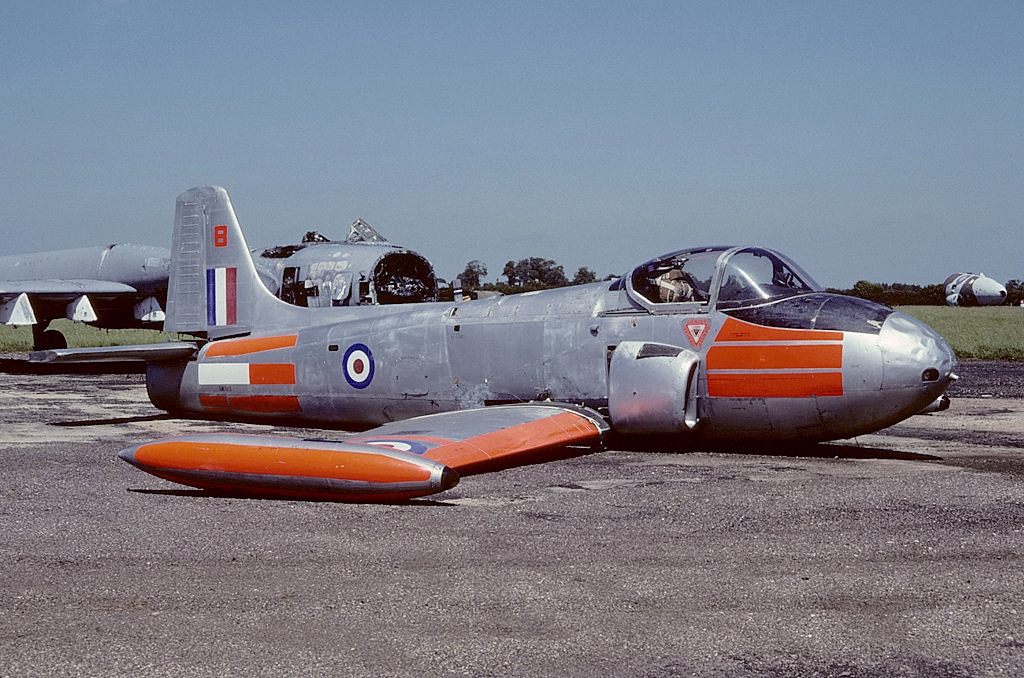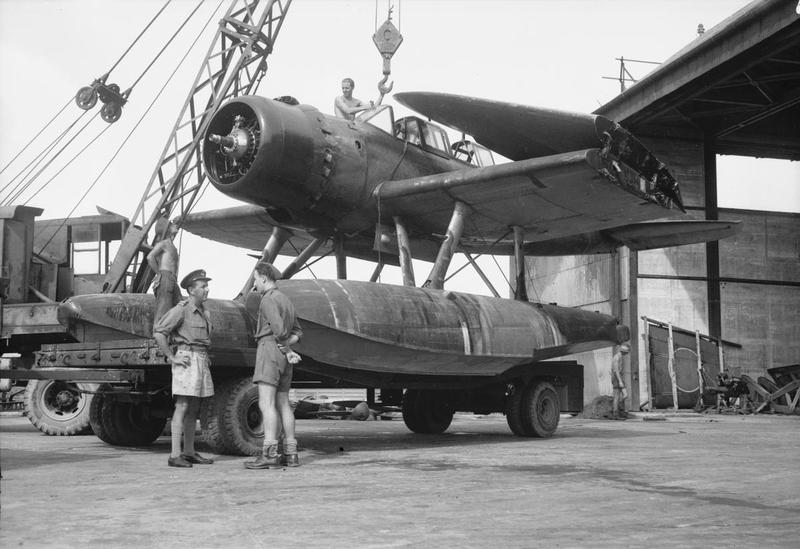|
RAF Strubby
Royal Air Force Strubby or more simply RAF Strubby is a former Royal Air Force station north of Alford, Lincolnshire, and south east of Louth, Lincolnshire, England. History Squadrons Units * No. 381 Maintenance Unit RAF (MU) * No. 382 MU * No. 383 MU * No. 384 MU * Empire Air Armament School RAF * RAF College of Air Warfare * RAF Flying College * 5 Group Anti-Aircraft School * 12 GCA Unit Current use Woodthorpe Hall Caravan and Leisure Park currently occupies a small section of the site.Lincs Aquaticstrades from one of the old hangers. Lincolnshire Gliding Club (formerly Strubby Gliding Club) has operated from the site since 1978. Celebrations to mark the club's 40th anniversary at Strubby were held in summer 2018. Gliders here make use of long runways of both grass and asphalt surfaces. There is also a small airfield with an asphalt runway on the northern side of the site. See also * List of former Royal Air Force stations This list of former RAF stations incl ... [...More Info...] [...Related Items...] OR: [Wikipedia] [Google] [Baidu] |
Ensign Of The Royal Air Force
An ensign is the national flag flown on a vessel to indicate nationality. The ensign is the largest flag, generally flown at the stern (rear) of the ship while in port. The naval ensign (also known as war ensign), used on warships, may be different from the civil ensign (merchant ships) or the yacht ensign (recreational boats). Large versions of naval ensigns called battle ensigns are used when a warship goes into battle. The ensign differs from the jack, which is flown from a jackstaff at the bow of a vessel. In its widest sense, an ensign is just a flag or other standard. The European military rank of ensign, once responsible for bearing a unit's standard (whether national or regimental), derives from it (in the cavalry, the equivalent rank was cornet, named after a type of flag). Ensigns, such as the ancient Roman ensigns in the Arch of Constantine, are not always flags. National ensigns In nautical use, the ensign is flown on a ship or boat to indicate its organizati ... [...More Info...] [...Related Items...] OR: [Wikipedia] [Google] [Baidu] |
RAF Langham
Royal Air Force Langham or more simply RAF Langham is a former Royal Air Force station, located at Langham, northwest of Norwich in the English county of Norfolk. It operated between 1940 and 1961. The airfield was the most northerly of the wartime RAF airfields in Norfolk and its position, just from the North Sea at Blakeney, made it a suitable site for RAF Coastal Command aircraft. The airfield was built during the first few months of the Second World War as a dispersal and satellite station to RAF Bircham Newton. It became operational in the summer of 1940. History The airfield was originally laid out with three grass runways. The station became fully self-supporting in 1942, when it was upgraded with three concrete runways (tar-covered), three T2 type and four Blister hangars, an encircling perimeter track and 36 spectacle-shape hardstandings, plus a Type 12779/41 control tower and normal Mk 2 approach lighting for night operations. Primarily used by RAF Coastal ... [...More Info...] [...Related Items...] OR: [Wikipedia] [Google] [Baidu] |
List Of Former Royal Air Force Stations
This list of former RAF stations includes most of the stations, airfields and administrative headquarters previously used by the Royal Air Force. The stations are listed under any former county or country name which was appropriate for the duration of operation. It has been stated that RAF stations took their name from the civil parish in which the station headquarters was located, rather than the nearest railway station (e.g., Binbrook has never had a railway station), but there are many exceptions. __TOC__ British Isles Chain Home, Chain Home Low, Chain Home Extra Low, ROTOR and tropo-scatter stations Notes: Some of the Chain Home Low sites were co-located with the larger Chain Home radars. Chain Home Extra Low equipment was co-located with "Chain Home" and "Chain Home Low" as well as at separate sites, but were of a less permanent nature, usually with mobile equipment. ROTOR was the post war Radar interception system created from existing radar installations. ... [...More Info...] [...Related Items...] OR: [Wikipedia] [Google] [Baidu] |
Lincolnshire Gliding Club
Lincolnshire (abbreviated Lincs.) is a county in the East Midlands of England, with a long coastline on the North Sea to the east. It borders Norfolk to the south-east, Cambridgeshire to the south, Rutland to the south-west, Leicestershire and Nottinghamshire to the west, South Yorkshire to the north-west, and the East Riding of Yorkshire to the north. It also borders Northamptonshire in the south for just , England's shortest county boundary. The county town is Lincoln, where the county council is also based. The ceremonial county of Lincolnshire consists of the non-metropolitan county of Lincolnshire and the area covered by the unitary authorities of North Lincolnshire and North East Lincolnshire. Part of the ceremonial county is in the Yorkshire and the Humber region of England, and most is in the East Midlands region. The county is the second-largest of the English ceremonial counties and one that is predominantly agricultural in land use. The county is fourth-largest o ... [...More Info...] [...Related Items...] OR: [Wikipedia] [Google] [Baidu] |
RAF Flying College
The RAF College of Air Warfare is a former Royal Air Force flying training unit operational between 1962 and 1974. The unit traces its history back to 1942 as the Empire Central Flying School. History The College started off life as the Empire Central Flying School at RAF Hullavington whose main aim was to teach flying instructors and to maintain the standards of teaching and course content in the flying training system at British Empire flying schools, such as those of the British Commonwealth Air Training Plan, located worldwide. The school had Instructional, Research and Examining flights from the Central Flying School along with a Handling Squadron RAF. These flight used various aircraft including Miles Magisters, de Havilland Tiger Moths, Gloster Gladiators, Avro Ansons and Airspeed Oxfords along with various other training, fighter and bomber aircraft. The Handling Squadron was operational as part of Empire Central Flying School from 28 February 1942 and as part of th ... [...More Info...] [...Related Items...] OR: [Wikipedia] [Google] [Baidu] |
Empire Air Armament School RAF
An empire is a "political unit" made up of several territories and peoples, "usually created by conquest, and divided between a dominant center and subordinate peripheries". The center of the empire (sometimes referred to as the metropole) exercises political control over the peripheries. Within an empire, there is non-equivalence between different populations who have different sets of rights and are governed differently. Narrowly defined, an empire is a sovereign state whose head of state is an emperor; but not all states with aggregate territory under the rule of supreme authorities are called empires or ruled by an emperor; nor have all self-described empires been accepted as such by contemporaries and historians (the Central African Empire, and some Anglo-Saxon kingdoms in early England being examples). There have been "ancient and modern, centralized and decentralized, ultra-brutal and relatively benign" Empires. An important distinction has been between land empires ma ... [...More Info...] [...Related Items...] OR: [Wikipedia] [Google] [Baidu] |
List Of Royal Air Force Maintenance Units
The following is a list of Royal Air Force Maintenance Units (MU). The majority of MUs were previously Equipment Depots (ED), Storage Depots (SD) and Aircraft Storage Units (ASU)s. No. 1 MU – No. 100 MU No. 101 MU – No. 200 MU No. 201 MU – No. 300 MU No. 301 MU – No. 400 MU No. 401 MU – No. 500 MU No. 1 (India) MU – No. 10 (India) MU See also *List of Royal Air Force aircraft squadrons *List of RAF Regiment units *List of Fleet Air Arm aircraft squadrons * List of Army Air Corps aircraft units * List of Air Training Corps squadrons * List of Battle of Britain squadrons *University Air Squadron *Air Experience Flight *Volunteer Gliding Squadron * List of Royal Air Force units & establishments *List of Royal Air Force schools * List of Royal Air Force aircraft independent flights * List of RAF squadron codes *List of conversion units of the Royal Air Force *United Kingdom military aircraft serial numbers *United Kingdom aircraft test serials ... [...More Info...] [...Related Items...] OR: [Wikipedia] [Google] [Baidu] |
RAF Skellingthorpe
Royal Air Force Skellingthorpe or more simply RAF Skellingthorpe is a former Royal Air Force station which was operational during the Second World War. It was located just west of the city of Lincoln, England about south-east of the village of Skellingthorpe on a field previously called Black Moor. After its closure the site was developed as the Birchwood estate. History The airfield opened in 1941 under the control of RAF Bomber Command and consisted of the standard pattern of three runways, with one Type B1 and two Type T2 hangars. Nissen huts were used for accommodation. It was known as "Skelly" by the RAF personnel serving there. No. 50 Squadron RAF, equipped with Handley Page Hampdens, was the first squadron based at Skellingthorpe, with the first detachment of personnel arriving shortly before the runways were complete. They were followed by No. 455 Squadron RAAF (also flying Hampdens), however this squadron moved to RAF Wigsley shortly afterwards. The 50 Squadron ... [...More Info...] [...Related Items...] OR: [Wikipedia] [Google] [Baidu] |
RAF Davidstow Moor
Royal Air Force Davidstow or more commonly RAF Davidstow Moor is a former Royal Air Force station located north east of Camelford, Cornwall and west of Launceston, Cornwall, England. It was used from late 1942 until 1945 and despite a few periods of intense activity it was one of Coastal Command's lesser used airfields. History The land was acquired in 1941 and a three-runway airfield with extensive dispersal areas was constructed in the first half of 1942. Despite the moorland conditions, construction was reasonably straightforward, although it did involve the removal of various field boundaries, the closure of minor roads and some drainage work. RAF Davidstow Moor closed in December 1945 at the end of World War II and many of the buildings including the hangars were soon removed. It became a motor racing circuit, known as Davidstow Circuit and in the early 1950s three Formula One races were held there (the Cornwall MRC Formula 1 Races) including the first success ... [...More Info...] [...Related Items...] OR: [Wikipedia] [Google] [Baidu] |
RAF Thornaby
Royal Air Force Thornaby or more simply RAF Thornaby was a former Royal Air Force Station located near the town of Thornaby-on-Tees, in the North Riding of Yorkshire, England. Fighter Command, Bomber Command and Coastal Command all operated from the base over its history, but its stint under Coastal Command is what the base was notable for, particularly in the air-sea rescue environment and the development of the ''Thornaby Bag''. This was an emergency bag dropped to downed aircrew at sea and contained food, cigarettes and drink. History The aerodrome was officially opened on 29 September 1929, although flying in Thornaby dates back to 1912 when Gustav Hamel used the Vale Farm for a flying display. Subsequently, the Royal Flying Corps used the same fields as a staging post between Catterick and Marske Aerodrome between 1914 and 1918.608 squadron and RAF Thornaby, E. W. Sockett In 1920, the government purchased of farm land from Thornaby Hall and developed the site. The ... [...More Info...] [...Related Items...] OR: [Wikipedia] [Google] [Baidu] |
Vickers Warwick
The Vickers Warwick was a multi-purpose twin-engined British aircraft developed and operated during the Second World War. In line with the naming convention followed by other RAF heavy bombers of the era, it was named after a British city or town, in this case Warwick. The Warwick was the largest British twin-engined aircraft to see use during the Second World War. The Warwick was designed and manufactured by Vickers-Armstrongs during the late 1930s. It was intended to serve as a larger counterpart to the Vickers Wellington bomber. The two aircraft share similar construction and design principles but unlike the smaller Wellington bomber, development of the Warwick was delayed by a lack of suitable high-powered engines. The maiden flight occurred on 13 August 1939 but delays to its intended powerplant, the Napier Sabre engine, led to alternatives being explored in the form of the Bristol Centaurus and Pratt & Whitney R-2800 Double Wasp radial engines. By the time adequa ... [...More Info...] [...Related Items...] OR: [Wikipedia] [Google] [Baidu] |






